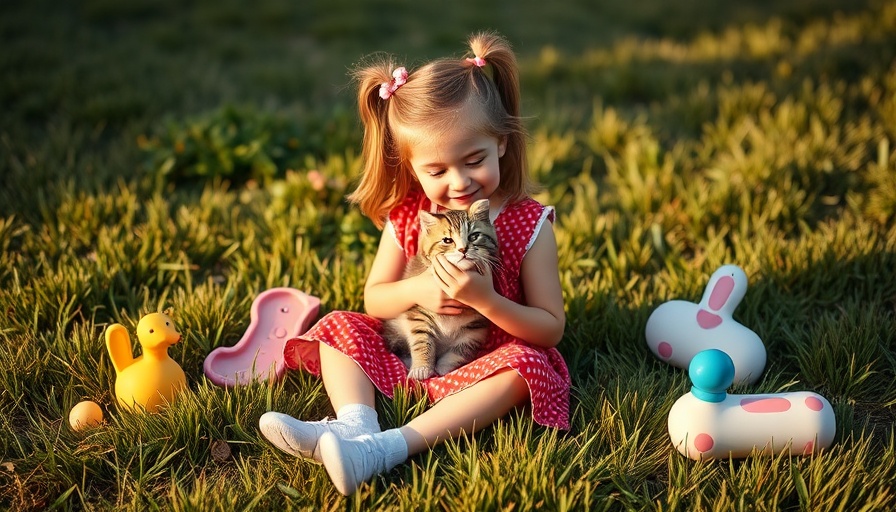
Ensuring Safe Playtime: A Vital Responsibility
The delightful image of children and pets playing together can warm any heart. However, it’s essential to recognize that these playful interactions require careful planning to ensure safety for both. Supervision is key. As the ‘translator’ between your child and your furry friend, you can help both parties understand each other’s signals, ensuring that what starts as fun doesn’t turn into a distressing moment. Pets can be unpredictable, and a small act of excitement from a child can sometimes frighten an animal and vice versa.
Choosing the Right Pet: Temperament Matters
When considering bringing a new pet into an environment with kids, take the time to assess how well a pet might handle active children. Not all animals possess the same temperament. Some pets thrive on chaos, while others may require more calm. For example, dogs and cats that have previously been exposed to children often adapt better to a boisterous household. Meanwhile, a breed known for its anxiety around loud noises might not be suitable for homes filled with excited kids.
Communication is Key: Learning the Signs
Educating children about how to interact with pets is crucial. Teach them to use gentle hands, and remind them to ask before petting. Likewise, pets should be trained to respond calmly around children. It’s imperative that both kids and pets learn to read each other's body language; a wagging tail does not always mean happiness, just as a child's laughter can sometimes signal excitement, not danger. If all goes well, the potential for a loving relationship is enormous, resulting in shared warmth and joy.
Creating Safe Spaces for Everyone
Designating areas where pets can retreat offers them a safe space away from the bustle of children. Create calm “safe zones” where pets can relax without disturbances. An easily accessible ‘escape hatch’ can help a nervous pet feel secure when the environment becomes a bit too stressful. This isn’t just protective for your pets; it also teaches children respect for boundaries, fostering empathy and understanding toward animals.
Monitor Playtime Closely: The Golden Rule of Supervision
Never assume a scenario is problem-free. For instance, a typical play session can quickly shift if a child pulls a dog’s tail or yells unexpectedly. Children might not know their actions could lead to negative responses. Thus, maintaining vigilance is critical. Being present allows you to step in before misunderstandings escalate, creating a safer atmosphere for both parties. Remember, accidents can happen in seconds, but prevention is always possible with careful oversight.
The Long-term Benefits of Guiding Interactions
By guiding kids and pets through their early interactions, you encourage long-lasting bonds defined by trust and affection. These formative experiences not only teach children responsibility but also foster a deep understanding of the needs and feelings of pets. The warmth of companionship emerges from these carefully curated moments, culminating in a nurturing environment that benefits everyone.
In the end, while the goal is to enjoy playtime, it’s paramount to prioritize safety to ensure these joyful experiences remain positive. By fostering a great space for interactions, you create an environment full of love and fun.
 Add Row
Add Row  Add
Add 




 Add Row
Add Row 


 Add
Add
Write A Comment